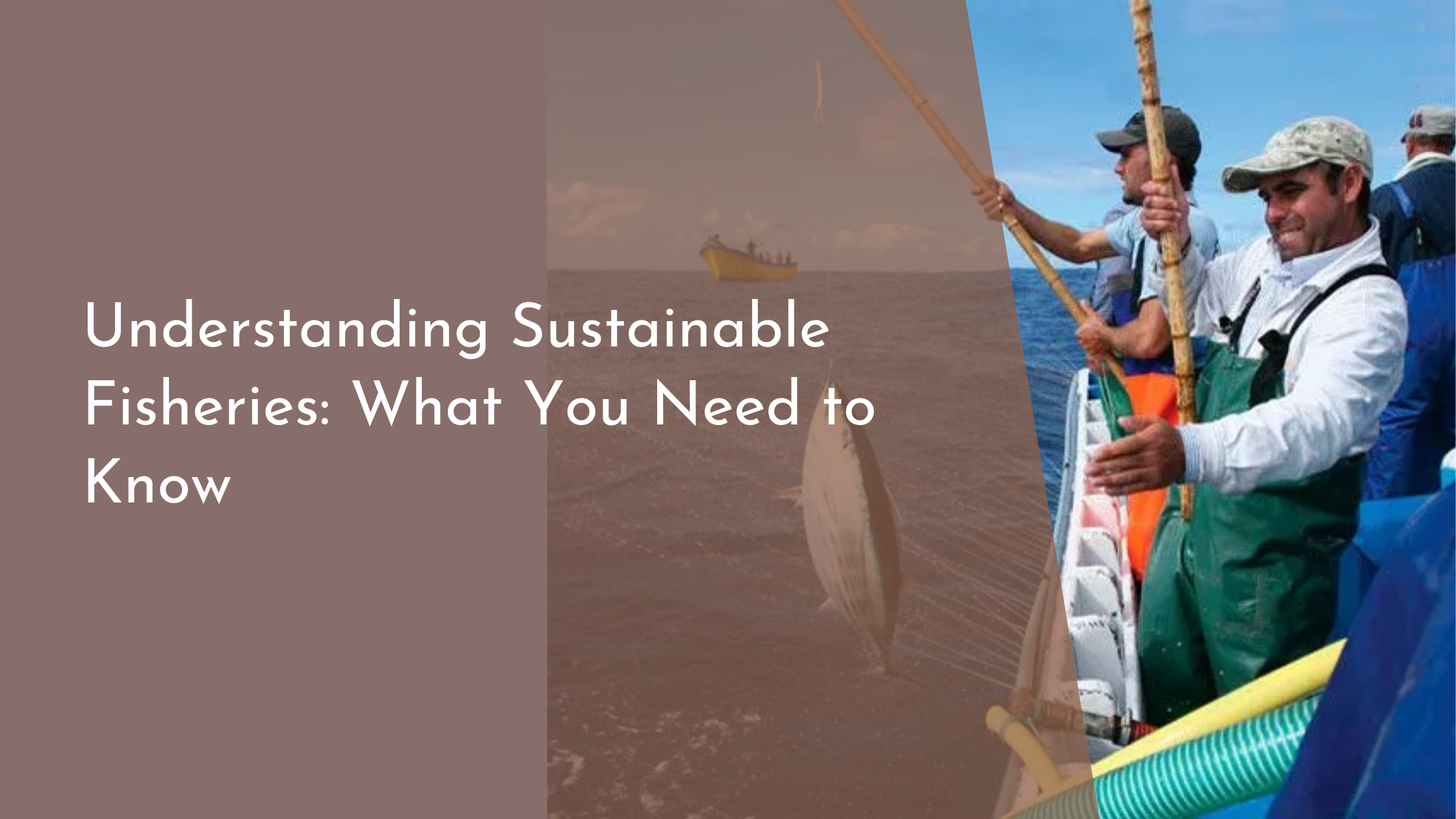Understanding Sustainable Fisheries: What You Need to Know
In recent years, the concept of sustainable fisheries has become a critical focus for both environmentalists and fishing communities worldwide. As concerns over overfishing and environmental degradation mount, understanding sustainable fisheries is essential for ensuring the health of our oceans and the communities that depend on them. This article will delve into what makes fisheries sustainable, the principles behind them, the benefits they offer, and the challenges they face moving forward.
Introduction to Sustainable Fisheries
Sustainable fisheries are operations that harvest fish in ways that prioritize the longevity of fish populations, the health of the marine ecosystem, and the well-being of the communities that rely on fishing. By balancing ecological, economic, and social factors, sustainable fisheries aim to ensure that fish stocks remain abundant and ecosystems remain robust for future generations. Recognizing the interconnectedness of marine ecosystems and human societies, sustainable fisheries adopt practices that help maintain this delicate balance.
The concept of sustainable fisheries emerged in response to the alarming rates of overfishing observed in the late 20th and early 21st centuries. Overfishing not only threatens fish populations but also disrupts entire marine ecosystems, leaving them less resilient to other stressors such as pollution and climate change. Sustainable fisheries address these issues by implementing strategic management practices that help maintain fish populations at optimal levels, often guided by rigorous scientific research and community engagement.
Key Principles and Practices
One of the key principles of sustainable fisheries is the implementation of science-based management plans. These plans involve setting catch limits based on the best available scientific data, ensuring that fishing does not exceed the reproductive capacity of the fish population. By aligning fishing practices with ecological data, fisheries can help prevent overexploitation and ensure that fish populations remain healthy and resilient.
Another critical aspect of sustainable fisheries is the adoption of environmentally friendly fishing techniques. This includes using gear that minimizes bycatch, reducing habitat damage, and avoiding overfishing of non-target species. Practices such as monitoring and enforcement, as well as community involvement, are also integral to sustainable fisheries. These ensure that regulations are followed and that the local communities have a stake in maintaining healthy fish stocks, which ultimately supports local economies and food security.
Benefits of Sustainable Fishing
Sustainable fishing provides significant environmental benefits, chief among them being the preservation of marine biodiversity. By preventing overfishing and minimizing the impact on non-target species, sustainable fisheries contribute to healthier ocean ecosystems. This biodiversity is crucial not only for the stability of marine life but also for the resilience of the ecosystem against climate change and other environmental challenges.
Economically, sustainable fisheries offer long-term benefits to fishing communities and industries. By managing fish stocks responsibly, sustainable practices ensure a continuous supply of fish, which stabilizes markets and supports the livelihoods of those who depend on fishing. Sustainable fisheries also provide social benefits by promoting food security and preserving cultural traditions tied to fishing, ensuring that communities can continue to thrive without exhausting the resources they rely on.
Challenges and Future Outlook
Despite the numerous benefits, sustainable fisheries face several challenges. One significant hurdle is the need for international cooperation, as fish populations often migrate across national boundaries. Achieving consensus on management practices and enforcement requires diplomatic efforts and robust international agreements. Additionally, data collection and scientific research are crucial yet resource-intensive processes that require ongoing investment and commitment.
Looking to the future, technological advancements and increased awareness offer hope for the sustainable fisheries movement. Innovations such as satellite monitoring and DNA tracking can improve the precision of fisheries management, while consumer demand for sustainably sourced seafood drives change in industry practices. As these technologies develop and more people become informed about the importance of sustainable fishing, there is potential for significant positive change in how we manage our ocean resources.
Understanding sustainable fisheries is crucial for safeguarding our ocean’s health and supporting the communities that rely on it. By embracing science-based management, innovative fishing techniques, and international cooperation, we can ensure that fish populations remain robust and ecosystems resilient. Although challenges remain, the future of sustainable fisheries looks promising, with advancements in technology and growing public awareness paving the way for a more sustainable relationship with our oceans.

